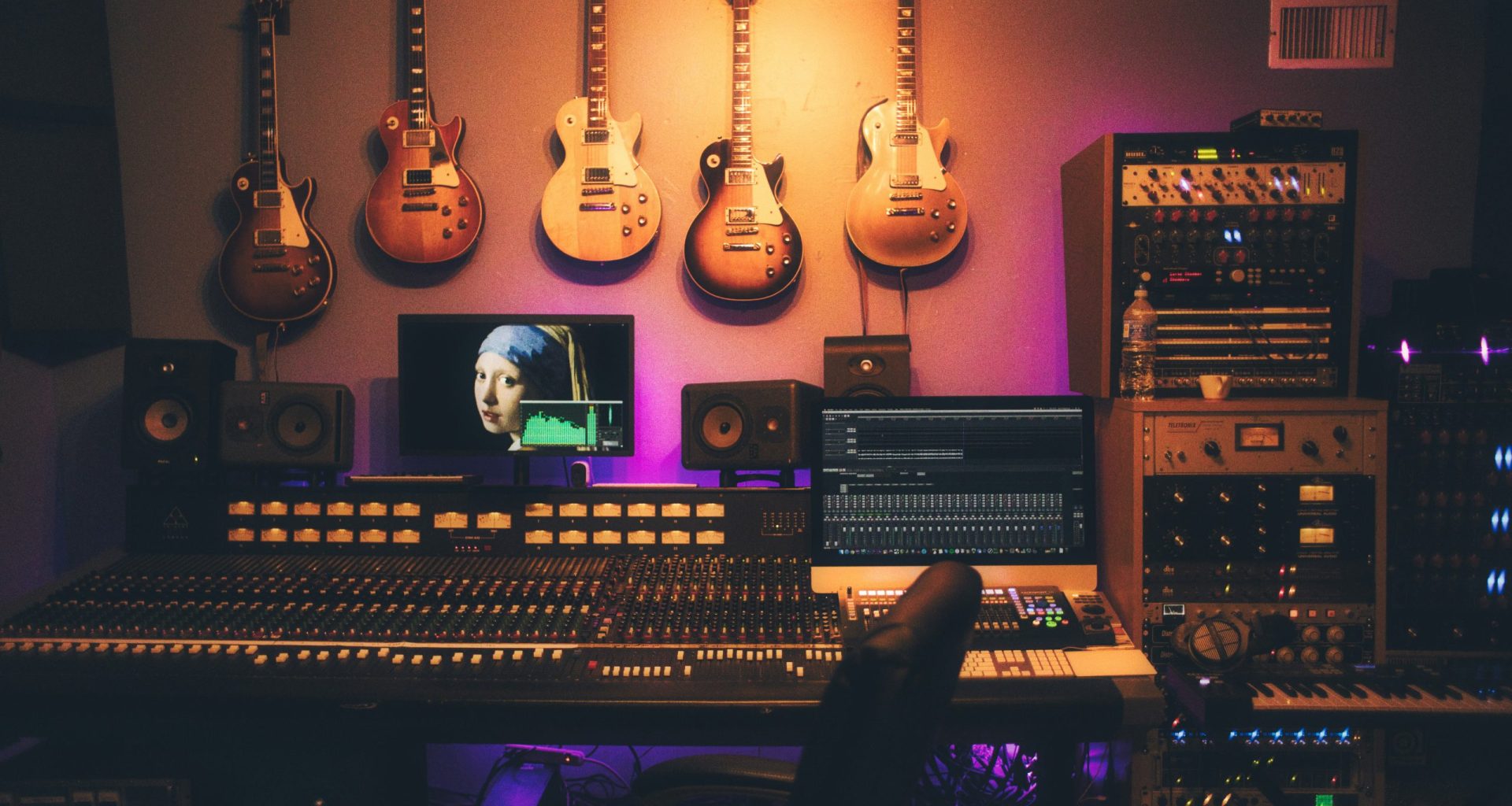TikTok trends, streaming platforms and artificial intelligence are rapidly reshaping the music industry — and record labels are working hard to keep up.
“Years ago if you wanted to get a record out you had to sign to a record company,” said Woolfie, director of promotions at Sony Music UK. “Now I could make a record, upload it myself and be done with it.”
Woolfie, who has 30 years in the business, has witnessed firsthand how new technologies and platforms have levelled the playing field, opening new routes for artists to break through.
Sony Music, one of the world’s largest record labels, operates across 66 offices and houses sub-labels including Columbia, Insanity and Ministry of Sound. Its global infrastructure once made it essential for artists seeking mainstream success. Now, many musicians bypass labels — or reach them only after going viral.
Mark Hoskin, general manager at music promotion company Renegade Music, said TikTok has been transformational to the way record labels work. “Artists don’t need a major deal anymore to do what they want to do,” he said. “Many of the artists that labels are signing aren’t actually ready for that height of label.”
He said Renegade has worked with musicians signed after online success. Effectively, musicians who have “accidentally put on their first show” — who have “never actually performed before TikTok”.
Woolfie agrees the line between major and independent labels has blurred. For artists with a clear vision and an existing team, a distribution deal with an independent label or with The Orchard — a Sony Music subsidiary — may suffice. But for others, the reach and resources of a major remain key.
TikTok now plays a central role in label strategy. “As people within labels get younger the focus does fall on making sure the spend goes across TikTok,” said Hoskin, pointing to a shift in how audiences are reached. According to TikTok’s 2024 Music Report, 10 of the 11 UK number-one singles last year were linked to a major TikTok trend.
Renegade Music promotes artists across student clubs, student media and retail, reflecting how the traditional hierarchy of the industry has shifted. “On the indie side,” Hoskins said, “they are becoming massive operations.”

Digital platforms have changed not just how music is promoted; it has also altered how music is released. In response to piracy and fragmentation, the International Federation of the Phonographic Industry introduced a global release day: Friday. But even with this standardisation, the timing of radio play has shifted.
“Before we might get a record on the radio weeks before it was out, and then it was released, you went and bought it and it would chart,” said Woolfie. That separation between “on air” and “on sale” no longer applies. Now, a track must be available the moment it is played.
Radio still holds a unique place in the industry. Despite declining audiences, industry insiders such as Woolfie believe music still remains vital. “We can grow an artist from their first radio play to their first playlist,” Woolfie said.
Hoskin agrees. Using the band Haim as an example, he said that fans tune in live for new music. “They’re obsessed with making sure that they’re tuned in for that half hour,” he said. Student radio, once an afterthought, is now part of official campaigns. “It’s like a tick box as such for a lot of labels,” he said.
Now, there’s also the question of artificial intelligence. Woolfie sees value in AI tools that streamline production or create visuals. But getting artists paid fairly for their music is a big challenge. He said: “Protecting the artist’s intellectual property is key.”
Cover photo: Caught In Joy on Unsplash








